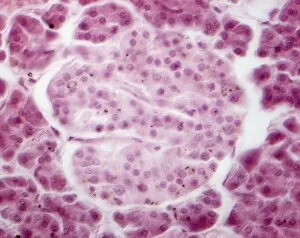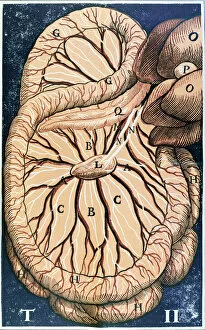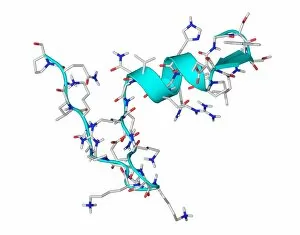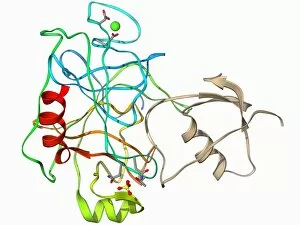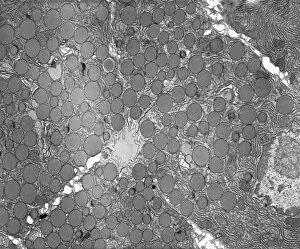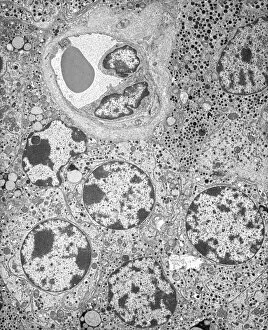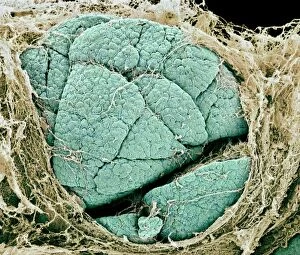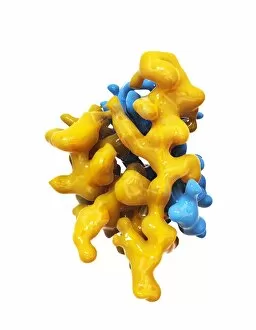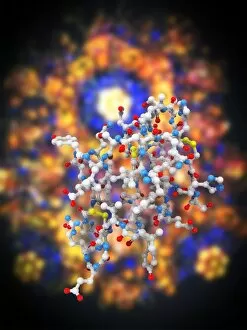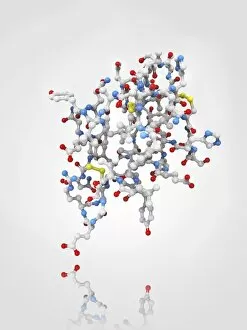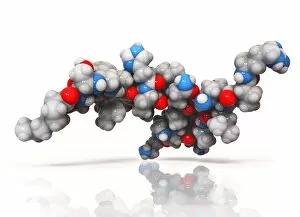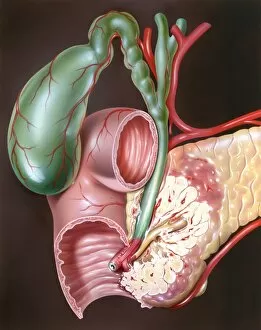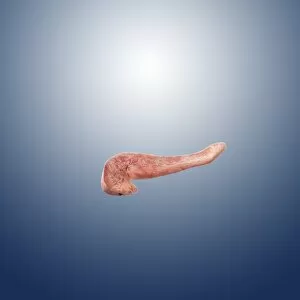Pancreatic Collection
The pancreatic organ, located in the abdomen, is a fascinating and intricate part of our anatomy
All Professionally Made to Order for Quick Shipping
The pancreatic organ, located in the abdomen, is a fascinating and intricate part of our anatomy. Within this complex structure lies the Islet of Langerhans, which plays a crucial role in maintaining our body's balance. In awe-inspiring artwork depicting the pancreas anatomy, we can observe the Islets of Langerhans cells shining like stars amidst a sea of tissue. These microscopic clusters are responsible for producing hormones such as insulin and glucagon that regulate blood sugar levels. Under the lens of a light micrograph, we witness the beauty and intricacy of these Islets of Langerhans. Each cell within them holds immense power to control our metabolism and keep us healthy. A closer look at these incredible cells reveals their unique composition. Ghrelin hormone molecules dance together with insulin molecules C014 / 2121 and F006 / 9761, forming an orchestra that orchestrates our body's energy balance. But it doesn't end there; another molecule called trypsin also takes center stage within the pancreas. Its powerful presence can be seen in stunning artwork alongside its inhibitor counterpart F006 / 9633 - a delicate dance between activation and inhibition to ensure proper digestion. As we marvel at these molecular wonders within the pancreas, let us not forget its overall importance in maintaining our well-being. A color lithograph showcasing "The Pancreas" reminds us how vital this organ is to our survival. So next time you hear about pancreatic health or come across images portraying its complexity, take a moment to appreciate all that goes on behind-the-scenes. The pancreas truly deserves recognition for its remarkable contributions towards keeping us balanced and thriving.


